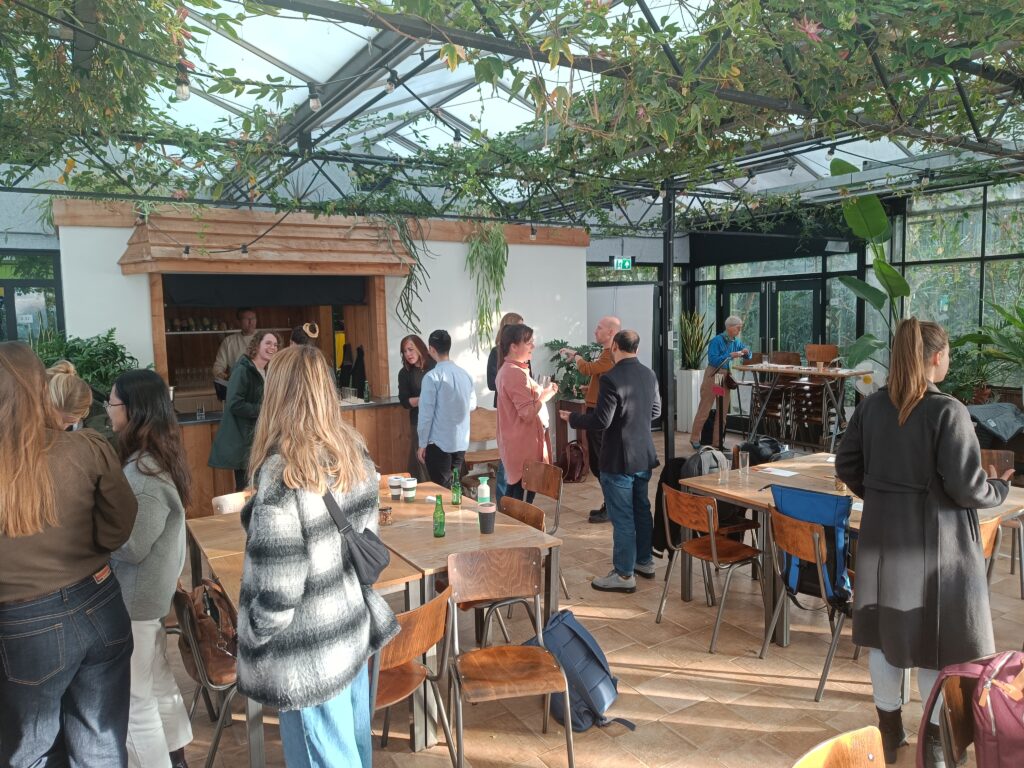On October 3rd, during the Utrecht Science Week, the institute for Preventive Health (i4PH) in collaboration with the UMC Utrecht prevention platform hosted a get-together centered on lifestyle and healthy living environments. Set against the lush backdrop of the Botanical Gardens the session attracted a diverse group of researchers, policy makers, and students, creating an atmosphere of collaborative dialogue and networking.
The seminar was opened by Tessa Scherphof, Liaison Officer at the i4PH, and Lilian van der Ven, Prevention Coordinator at UMC Utrecht, who set the tone by emphasising the significance of building transdisciplinary partnerships to address preventive health challenges.
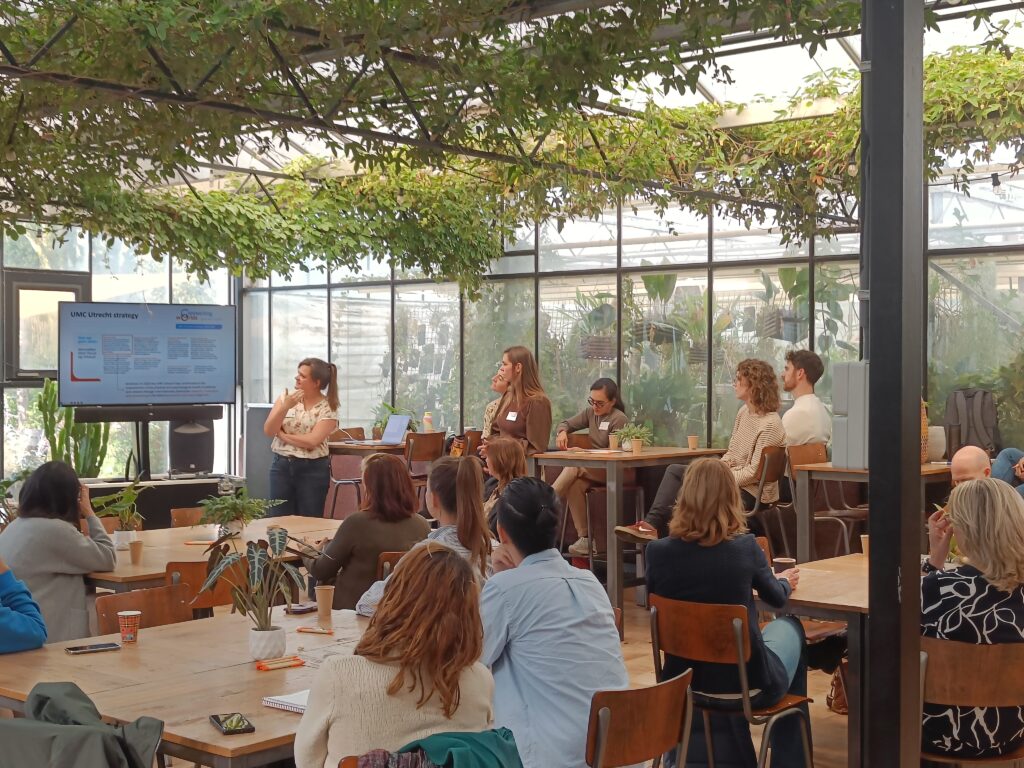
The evnt then continued with two inspiring project showcases:
Life & Body Program at UMC Utrecht: Wiepke Cahn, Professor of Physical Health in Psychiatric Disorders and Psychiatrist, shared insights on the Life & Body program, which aims to address the complex needs of patients with both psychiatric and physical disorders. Highlighting the emerging field of lifestyle psychiatry, Cahn explored how physical activity, sleep, and social interactions play crucial roles in managing mental health, and emphasised the importance of collaboration across healthcare and community settings.
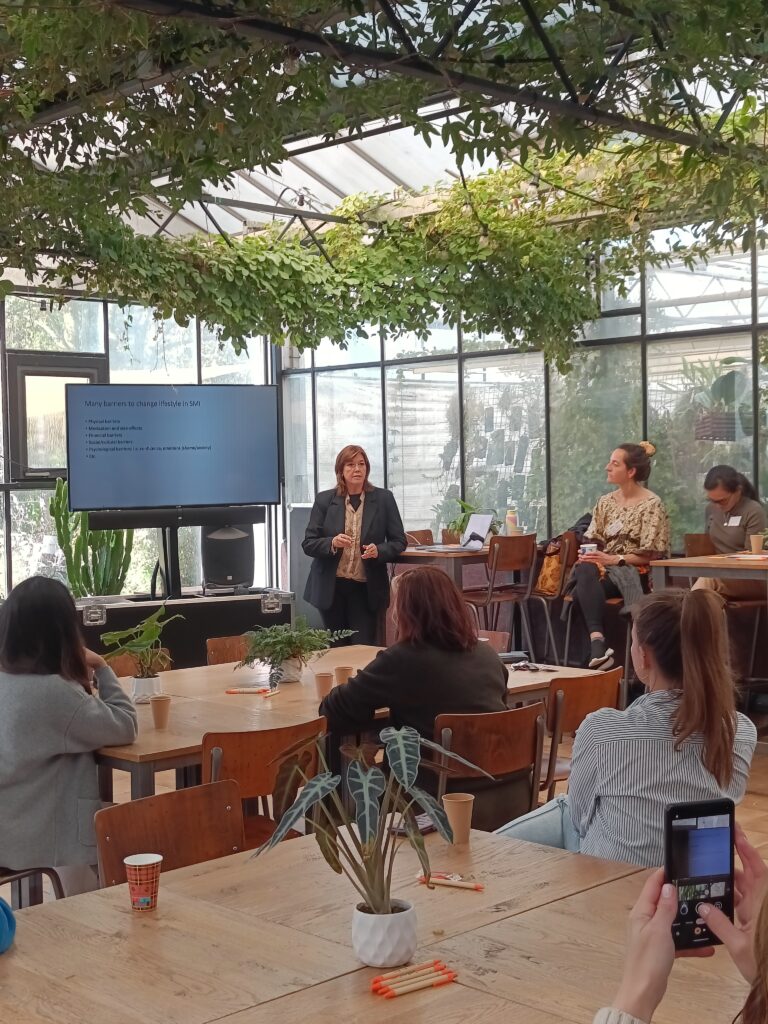
Cartesius Neighbourhood: Marije Lammers, Postdoctoral Researcher on Healthy Living Environments, and Martin Chaigneau, Senior Advisor on Healthy Neighbourhoods from Utrecht Municipality, presented the concept of the Cartesius neighborhood—a visionary urban development inspired by the principles of Blue Zones. The talk explored how this pioneering project integrates health-promoting interventions in both the physical and social environment to foster a healthy and happy community. Discussions focused on monitoring the impact of these interventions and creating a supportive community infrastructure.
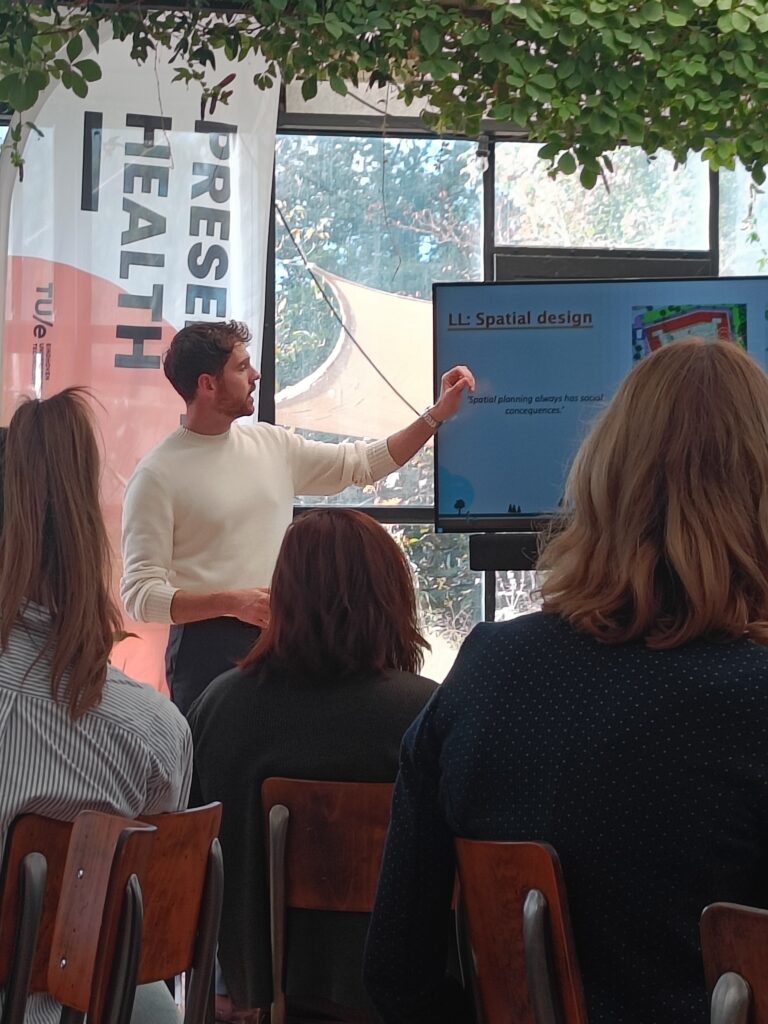
The session continued with an interactive workshop on “Dilemmas in Preventive Health” using an embodied mapping exercise—and thanks to the sunny weather, we took it outside! Participants formed a lively group, where they tackled challenging questions through physical movement. Each question was framed as a dilemma, and participants were asked to position themselves along a line on the ground, with one end representing a particular stance and the other end representing the opposite viewpoint.
The exercise transformed abstract concepts into visible, tangible discussions. As people moved to take their place along the spectrum, new conversations unfolded. Participants could instantly see where others stood, sparking lively debates and surprising insights.
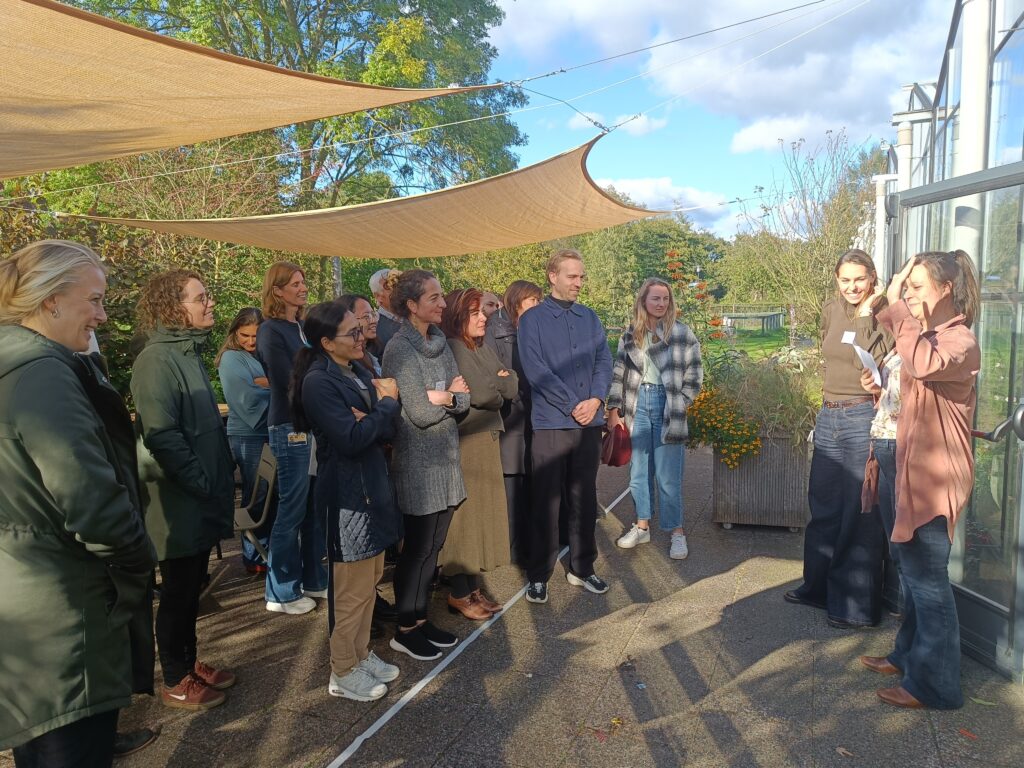
This format encouraged participants to step outside their comfort zones—literally and figuratively—while identifying where their expertise aligned and where there was room for collaboration.
The event concluded with a networking session over drinks, where attendees deepened connections and shared ideas for future initiatives.
